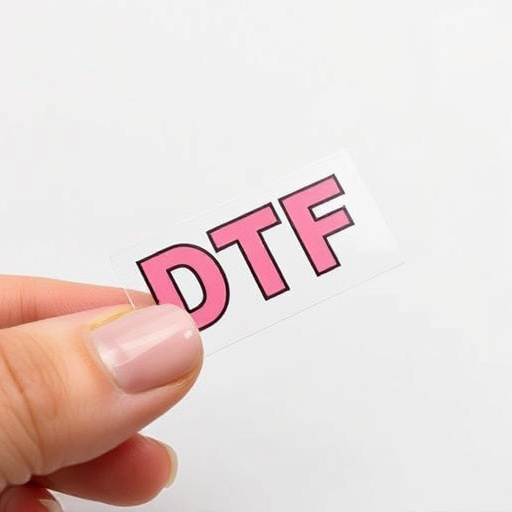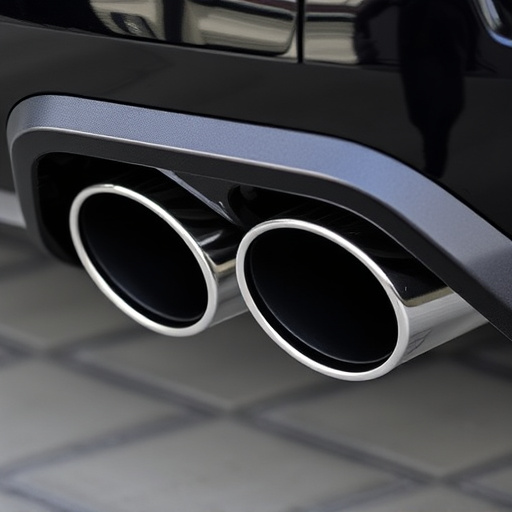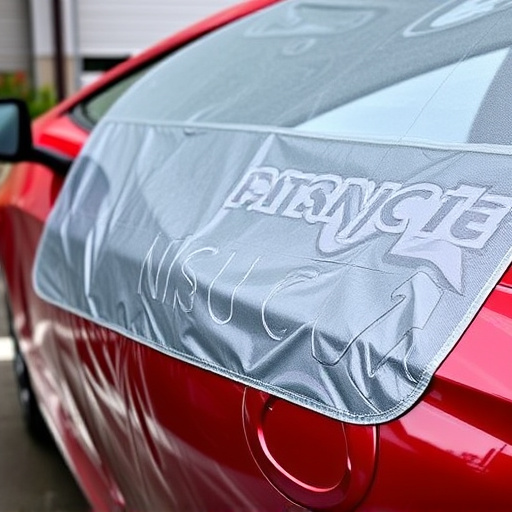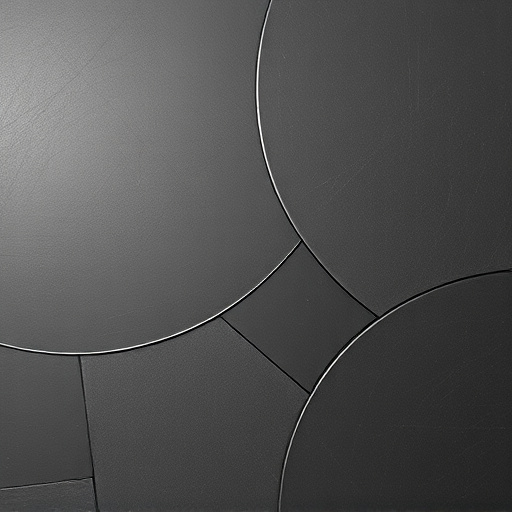In today's dynamic business landscape, achieving quick turnaround times is crucial for success, especially in automotive detailing and PPF installation. To optimize processes, organizations should break down operational flows, identify bottlenecks, and address inefficiencies. Implementing streamlined communication channels, leveraging technology for automation, upskilling teams, and transitioning to digital documentation can significantly enhance productivity and service delivery speed. Technologies like automated paint application and ceramic coating systems exemplify how automation ensures consistent quality and expedites production times.
Looking to boost your productivity with swift project delivery? Setting up optimized workflows is key. This article guides you through a strategic approach to achieving remarkable quick turnaround times. We’ll explore how to identify crucial processes for enhancement, streamline steps to eliminate bottlenecks, and automate tasks using efficient tools. By implementing these strategies, you’ll revolutionize your workflow, ensuring timely and high-quality outcomes.
- Identify Key Processes for Optimization
- Streamline Steps and Eliminate Bottlenecks
- Automate Tasks and Implement Efficient Tools
Identify Key Processes for Optimization

In an era where speed is paramount, particularly for businesses catering to dynamic markets, identifying key processes for optimization becomes crucial in achieving a vital goal: quick turnaround time. The first step involves a meticulous review of operational flows, breaking down each stage into its constituent parts. This granular analysis allows for pinpointing bottlenecks and areas where inefficiencies lurk, be it in documentation, material procurement, or labor allocation. By understanding these processes intimately, organizations can then strategically target interventions aimed at expediting each phase, ultimately leading to faster service delivery.
A key area of focus, especially relevant in sectors like automotive detailing and professional PPF (Paint Protection Film) installation, is implementing streamlined communication channels. Efficient handoffs between departments ensure that tasks are executed promptly without delays stemming from information silos. Additionally, leveraging technology for automation where possible can significantly enhance productivity by reducing manual effort and errors, thereby contributing to the overall quest for quick turnaround times in these specialized services, while also ensuring robust uv protection for vehicles undergoing treatments.
Streamline Steps and Eliminate Bottlenecks

To achieve a quick turnaround time, it’s imperative to streamline every step of your workflow. Start by identifying and simplifying processes that add no significant value. Remove unnecessary tasks and combine similar steps to reduce overall processing time. For instance, implementing digital solutions for documentation can save time compared to traditional paper-based systems. Additionally, leveraging technology for efficient communication channels ensures faster information exchange between teams.
Bottlenecks are common causes of delays in any system. These could be resource constraints, such as a shortage of skilled labor or equipment, or processes that take longer than expected. Addressing these bottlenecks is crucial to enhancing efficiency. Consider investing in training programs to upskill your team, especially for roles critical to the production process. For custom vehicle wraps and vehicle protection applications requiring UV protection, ensuring the right materials and equipment are readily available can prevent delays at every stage of the workflow.
Automate Tasks and Implement Efficient Tools

To achieve a quick turnaround time, automating tasks and implementing efficient tools are essential strategies. By leveraging technology, businesses can streamline processes, eliminating manual effort and reducing human error. Automation allows for consistent, high-quality output while freeing up employees to focus on more complex tasks that require human judgment.
For example, in industries like car customization and automotive detailing, automated systems can handle repetitive tasks such as paint application or ceramic coating, ensuring a uniform finish every time. These tools not only speed up production but also enable specialists to dedicate their expertise to intricate details, ultimately enhancing the overall quality of the final product.
By identifying key processes, streamlining steps, and automating tasks, you can significantly enhance your workflow efficiency. Implementing efficient tools ensures a seamless transition towards achieving remarkable quick turnaround times. Embrace these strategies to optimize your operations and stay ahead in today’s fast-paced business environment.














